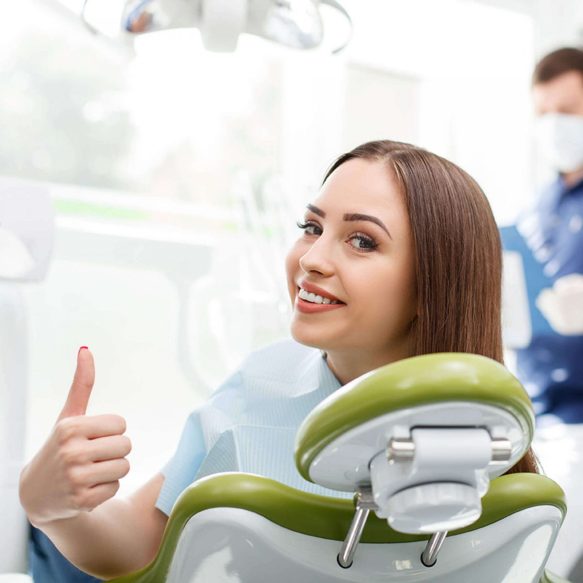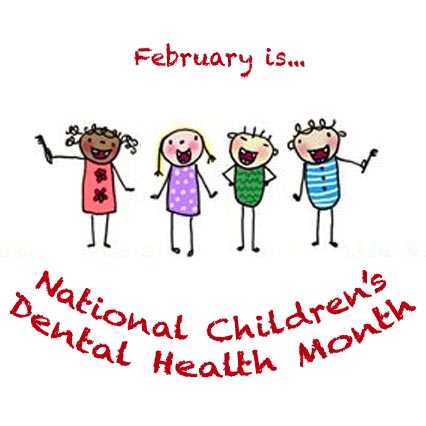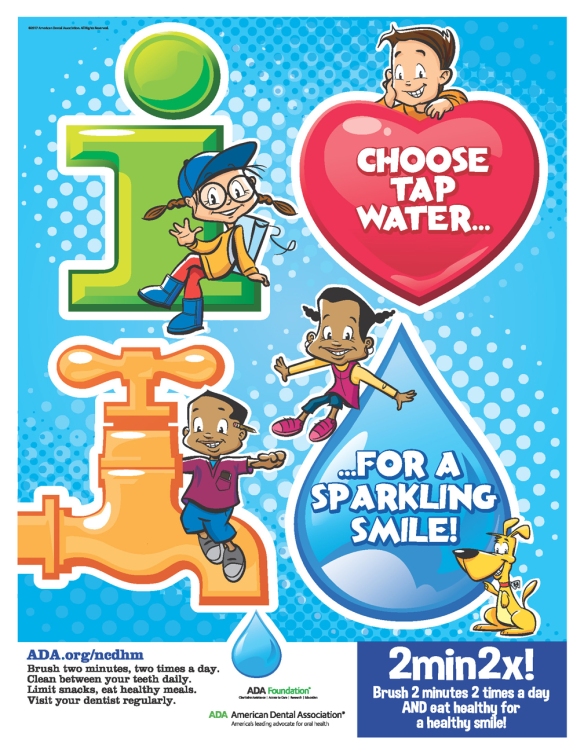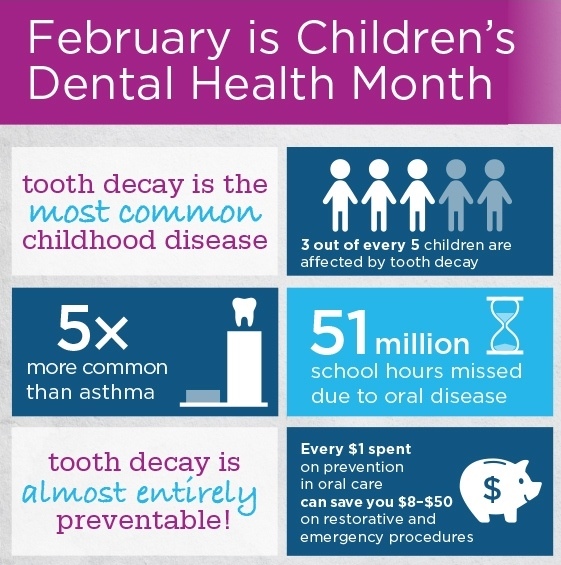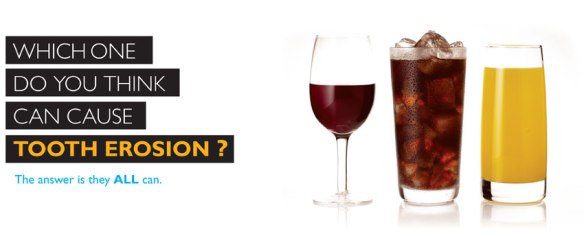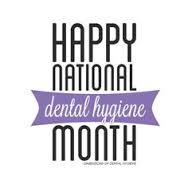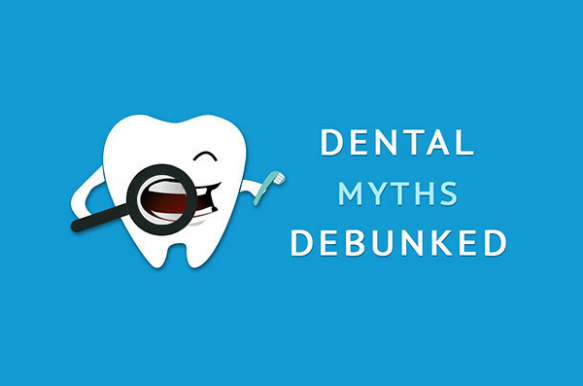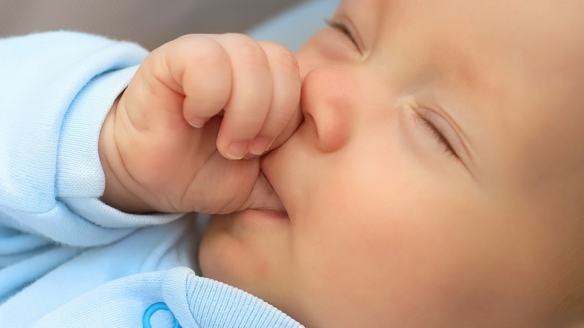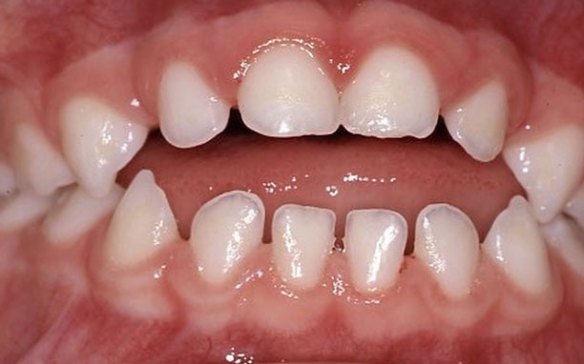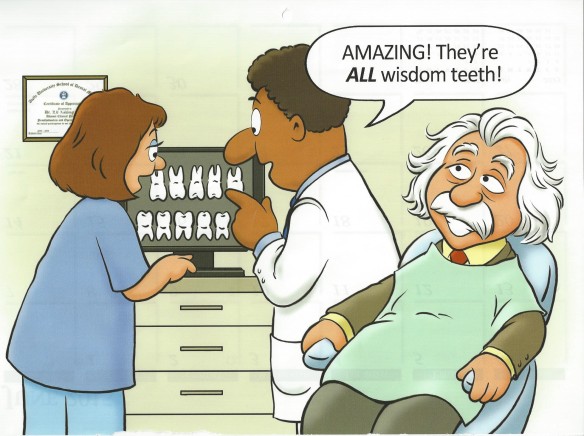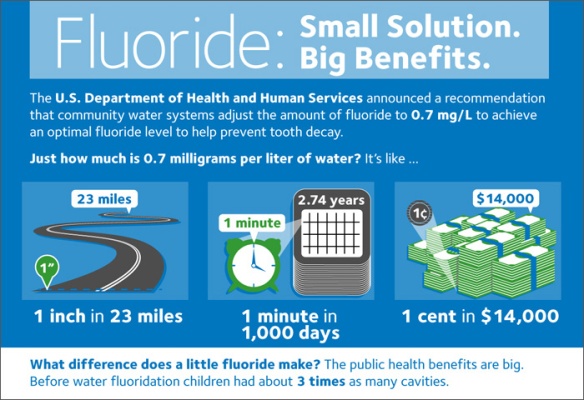If you get sweaty palms, a quickened heart rate and an impending sense of doom every time you approach the dentist chair, you’re not alone. Many people fear the dentist, and the process of having any kind of dental work done can induce a lot of anxiety and stress for some people. At Lindsten Family Dentistry, we know that not everyone enjoys coming to see us (although WE always love seeing you!) Here are a few pointers for calming your nerves if you’re not as excited about your trip to the dentist as we are:
Plan ahead for your appointment
When coming to see us, plan your appointment for a time you’ll have a little bit of spare time before to prepare yourself. Don’t leave yourself feeling rushed and flustered just before your appointment, as this will only increase your anxiety. Just before your appointment, you can do whatever helps you relax: listen to music you find soothing, or try some breathing exercises to help you feel calm and relaxed.
Watch your food and drink intake
Before an appointment, try to avoid high sugar foods and high caffeine drinks as these can make you feel jittery and add to your growing nerves. Instead, try having a cup of chamomile tea- it is known for its soothing properties.
Talk to us about any concerns
We see nervous patients every day, and if you talk to us prior to your treatment about anything you are uncomfortable with or anxious about, we can tailor our care to help you relax more. Our dental team want to make your dental visits as pleasant as possible, so rest assured there’s no better team to place your trust in.
Use distractions
We agree that it can be hard to distract yourself when someone has their hands in your mouth, or if a handpiece is running near your ear, but you can try diverting your attention to something more enjoyable. If you find music relaxing, you could bring headphones with to wear during your dental appointments. Sometimes just making small talk with your dental assistant or hygienist can be enough to take your mind off things, so let us be your distraction!
In extreme cases
If none of these tips work and you still feel like a trip to the dentist is an insurmountable challenge, then why not give nitrous oxide a try? Nitrous, or “laughing gas” as many people call it, does not put you to sleep, but does help to relax you and take the edge off a bit. Usually this is just enough to make the dental appointment possible.


